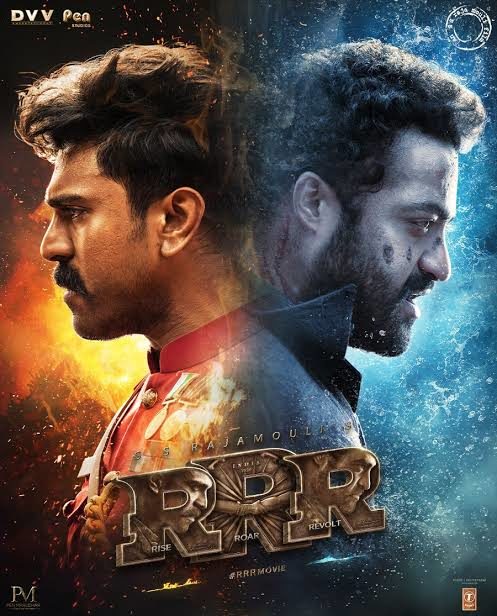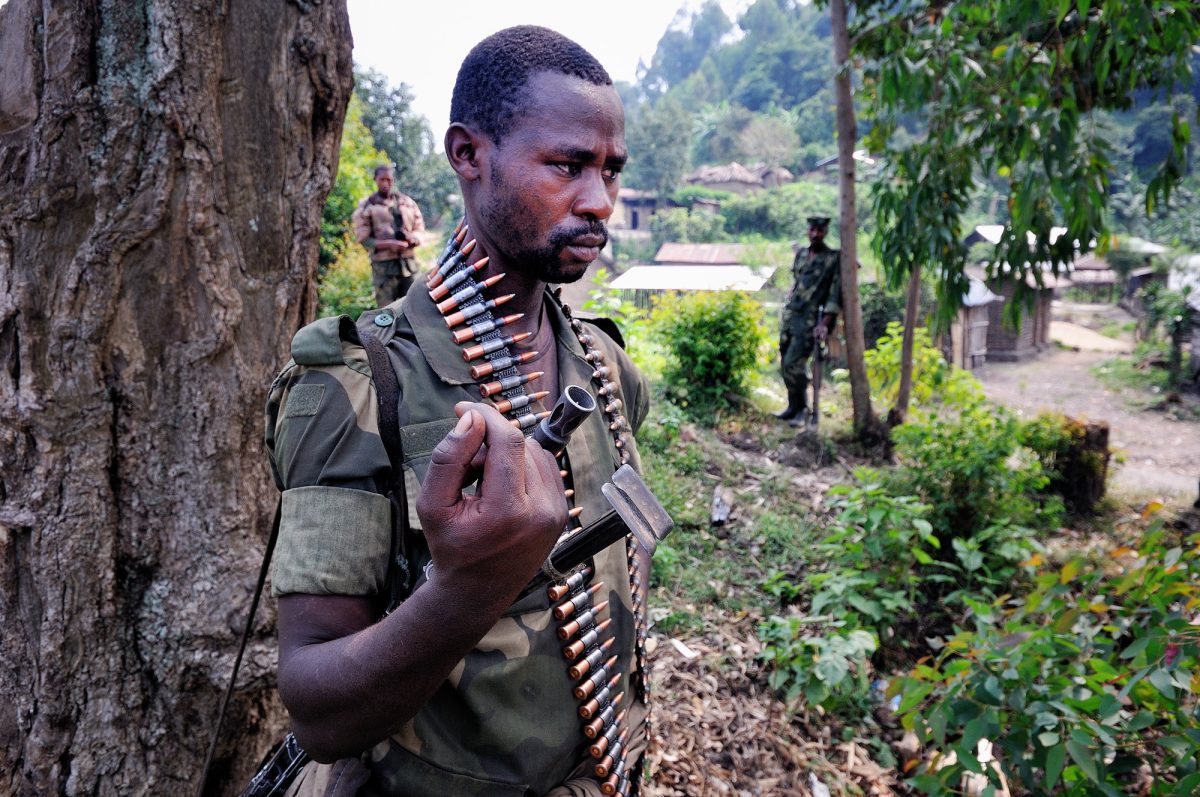“RRR,” a movie directed by S. S. Rajamouli, is easily one of the most entertaining movies I’ve ever seen, and its accolades speak for themselves: 158 award nominations and 93 awards won.
The film combines Hindu mythological elements with striking (albeit caricaturized) commentary on colonialism and racial tension, delivered through a narrative of brotherhood, tragedy, and the insanely outlandish, fun action and drama that Indian movies are famous for.
A period piece set in colonial India, “RRR” covers the soul-deep friendship of tribal leader Bheem and military police officer Raju as the two navigate the British Raj inequality and the British governor’s kidnapping of Bheem’s sister.
The movie characterizes itself perfectly in its first 15 minutes of runtime: beginning first with a heartwrenching display of colonial brutality and abduction that sets Bheem’s story into motion, crosscut by Raju’s near superhuman pacification of a riot in a stunning action scene.
“RRR’s” events then see Bheem and Raju become best friends after they save a child from certain death during a fiery train accident over a river in yet another jaw-dropping action scene. The pair jump off a bridge, roped to each other, swinging through the fire covered by a damp Indian flag as they pluck the boy out of the water, surrounded by towering flames and water set ablaze by oil. Following this, “RRR” follows their friendship and its trials against the backdrop of a coming revolution and civil dissent.
Simply put, “RRR” can’t be talked about without mentioning its action scenes (as I’ve mentioned, maybe a bit breathlessly). In all of Hollywood and standard western media, there’s not one movie, nor an action scene, that can top the sheer entertainment value of RRR’s style of action. Saying the action is over-the-top is a serious understatement, and RRR knows this, but uses the real, raw emotions behind Bheem and Raju’s friendship, as well as external factors causing internal conflict in the characters, to give the scenes value.
Those factors mean that the action in RRR is incredible and outlandish, but is grounded in excellent character drama and stylization. It can be corny, but it doesn’t make you roll your eyes; it just adds to the entertainment value. RRR feels like the Hindu mythology it draws on for inspiration, like the stories of epic battles and exploits between Hindu Gods.
Frankly, it’s hard for any of the action scenes to not illicit some type of physical reaction in the audience. I’ve watched RRR with my family and on my own, and with each watch I never fail to have a smile plastered on my face through a whole action scene, or, in my family’s case, the same smiles or jaws dropped.
Past the action, RRR prides itself on its amazingly choreographed dance scenes and music, particularly its award-winning “Naacho Naacho” scene, where Bheem and Raju beat an arrogant, racist man and his friends in a dance battle during a party at the governor’s mansion (long story).
Honestly, my only complaint with RRR is the characterization and the ending regarding Jenny, Bheem’s love interest. Jenny’s character, honestly, isn’t very well-rounded, and I think her role in the movie’s conclusion is a bit stupid. She feels underdeveloped and unrealistic, and her character is likely the worst part of the movie.
Overall, I wholeheartedly recommend “RRR.” You can watch it for free on Netflix or with a Zees subscription if you’d like to watch it in Telugu, its original language.









Akhil • Apr 29, 2025 at 4:23 pm
Rrr is a original movie from Telugu dubbed to Hindi which should learn first
kumar • Apr 27, 2025 at 2:35 pm
It is a Telugu language movie